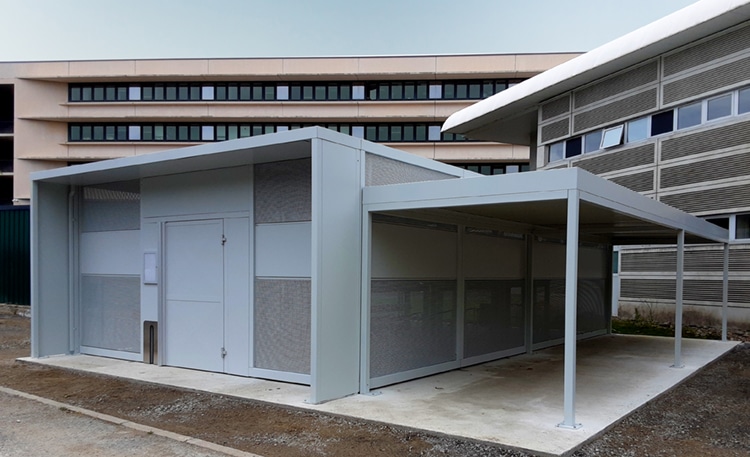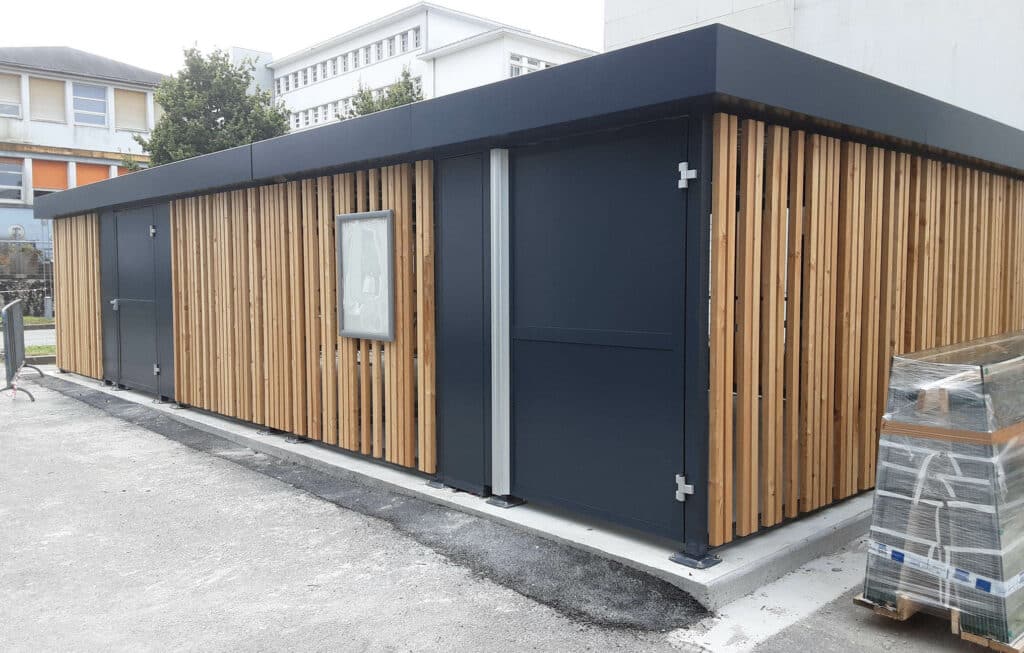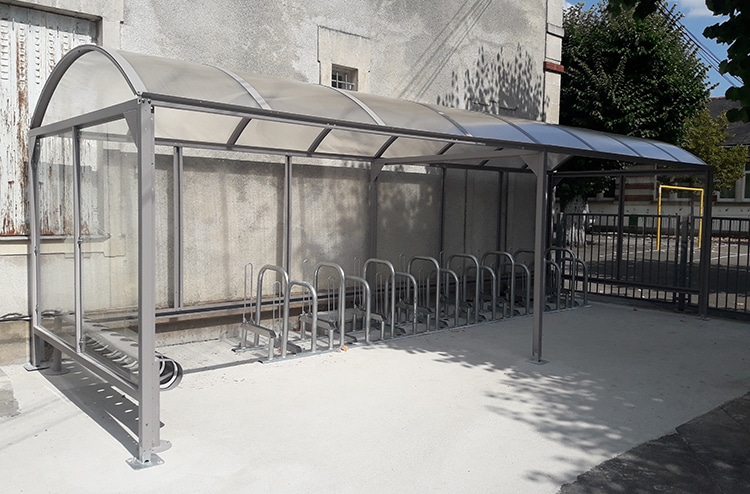Managing bicycle parking in schools: from kindergarten to university
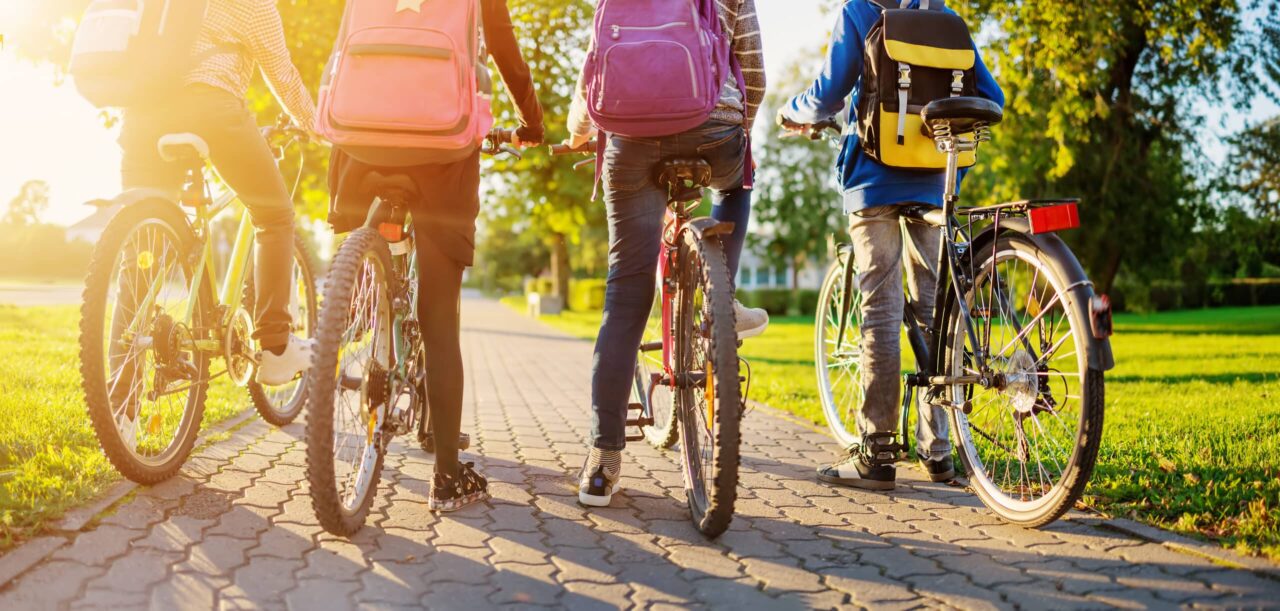
How about making the back-to-school period the ideal opportunity to rethink how students and educational staff get around?
A real challenge for schools, the choice of how students get around is now wider than just the bus or private car. On foot, by bike or on a scooter, France’s 12 million schoolchildren are increasingly opting for a gentler route. On average – and this is particularly true in urban areas – schoolchildren live less than 2 kilometers from their school. And even if secondary school may be a little further away, cycling is still a practical and easy means of transport.
Sustainable mobility in schools is therefore a real possibility, if you install equipment that’s adapted to your environment, school level and students’ needs.
THE BENEFITS OF CYCLING IN SCHOOLS
It’s no secret that cycling is beneficial for everyone, at every age. But introducing it into the school environment has many advantages. Here are just a few of them to help you convince your school to invest in the right equipment:
- Promoting cycling (or scootering) at school is above all about encouraging everyone, from an early age, to choose a healthy, zero-carbon mode of transport. More than any other means of transport, cycling has an indisputable educational aspect!
You’ll be involving your pupils in an eco-responsible approach. It’s also a good way of opening up discussions on environmental issues.
- Bicycles make students independent! They’ll soon be able to get to school on their own and organize their own transport time.
- Many schools have to cope with a heavy influx of cars at arrival and dismissal times: traffic management, temporary parking, child safety… It’s much easier to manage the parking of pupils’ bikes and scooters!
- This will also mean less pollution in the vicinity of your facility, linked to carbon emissions.
Convinced? It’s time to take the plunge and organize your bicycle parking!
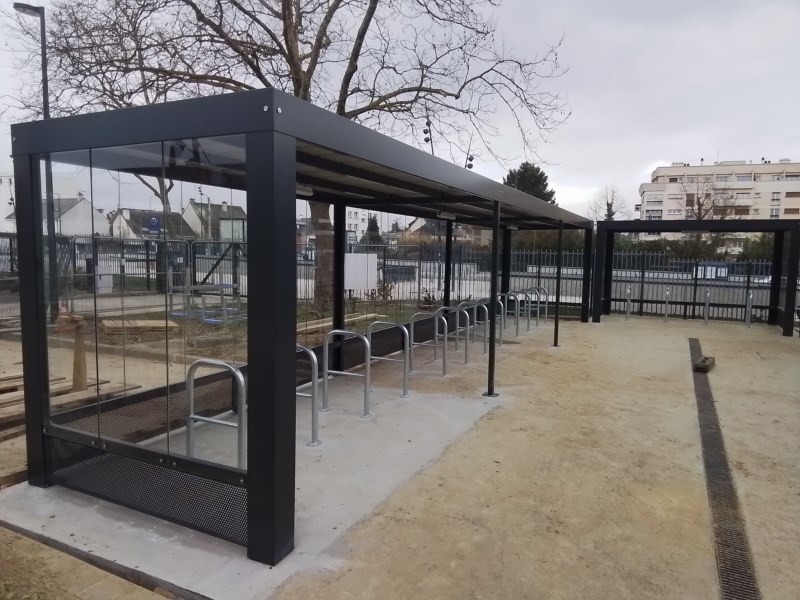
CHALLENGES AT EVERY LEVEL OF EDUCATION
In nursery and elementary school
In kindergartens and elementary school, cycling is an ideal mode of transport for empowering children and making them aware of its benefits: physical activity, eco-responsible transport… In these establishments with young pupils, there are a few special features to bear in mind:
- Safety and supervision of students on bicycles: these young students will certainly need to be accompanied to park and secure their bikes, and to leave in the evening.
- Bicycle shelters should be open and easy to access, so that the youngest children and their parents can access them with peace of mind.
- You need to take into account the size of the bikes that will be parked there: small bikes mean lower, adapted bike racks!
- Many young pupils prefer scooters: you’ll also need to provide dedicated racks to park them properly and organize your space more effectively!
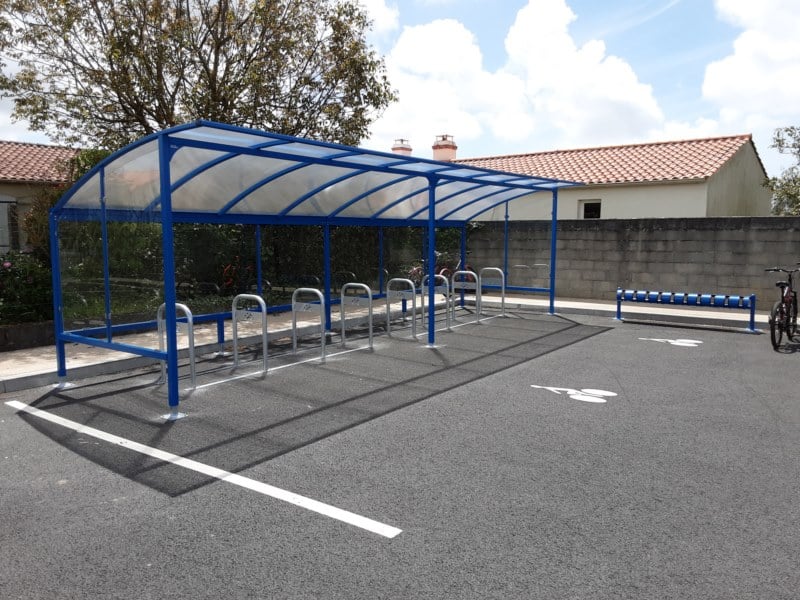
In middle and high schools
In junior high and high school, students are more independent and can get to their school alone by bike or scooter. There will be more of them, and the bike parking area will be organized so that everyone can keep their bikes safe.
Issues of available space may arise, as secondary schools are generally located in urban environments. Bicycle safety is also of prime importance.
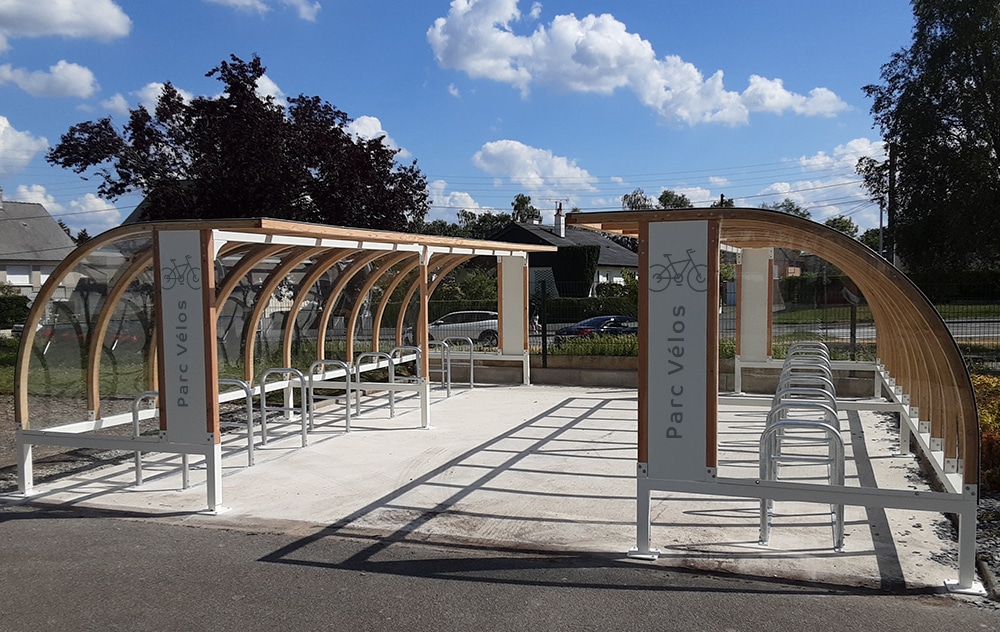
In universities
In higher education, the previous problem becomes a major one: we’ll have to manage a very large flow of bicycles and students.
Large, open parking lots will accommodate a maximum number of cyclists. However, since theft is one of the main obstacles to cycling, installing secure shelters will reassure students and encourage them to continue using sustainable means of transport.
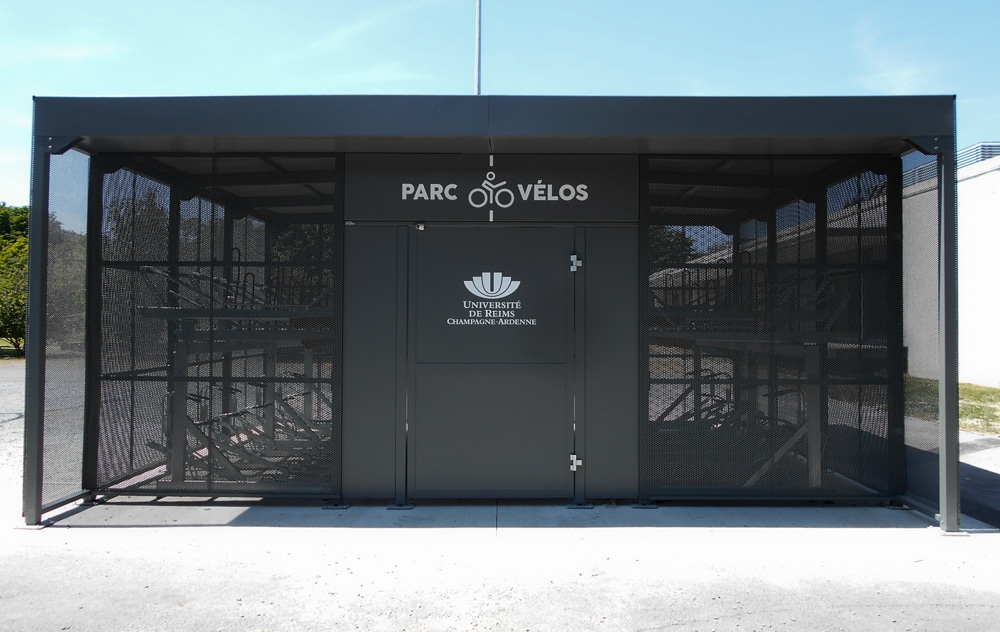
BEST PRACTICES FOR BICYCLE PARKING MANAGEMENT
As you can see, installing a covered, secure bicycle parking area is a major factor in promoting soft mobility in schools. Here are the best practices to follow to get your project off the ground:
- Be sure to estimate the number of students on bicycles: plan for more available spaces than the number of current cyclists. A nice bike shelter will undoubtedly convince other students!
- Identify your business needs. Whether you choose a self-service bike shelter or a secure bike shelter with access control will depend on how you wish to manage your bike parking facilities. Take into account the accessibility of your parking lot, whether the location is safe or not, and the age of your students.
- The choice of location is crucial. If you want to encourage soft mobility, your bike park must be easy to access and, above all, as close as possible to your establishment.
- Bicycle racks must be adapted to the bikes you receive. For younger children, bike racks need to be able to hold small bikes. We have several models of adapted bike racks: the A rack, the Pornic rack or the Standard rack. At university, double-decker racks can save space and accommodate more bikes. You might also consider installing charging stations for VAEs!
- Don’t forget scooters! To avoid seeing them in classrooms or in disarray in the playground, install racks to park and secure them.
OTHER INSPIRING EXAMPLES
Share this article
